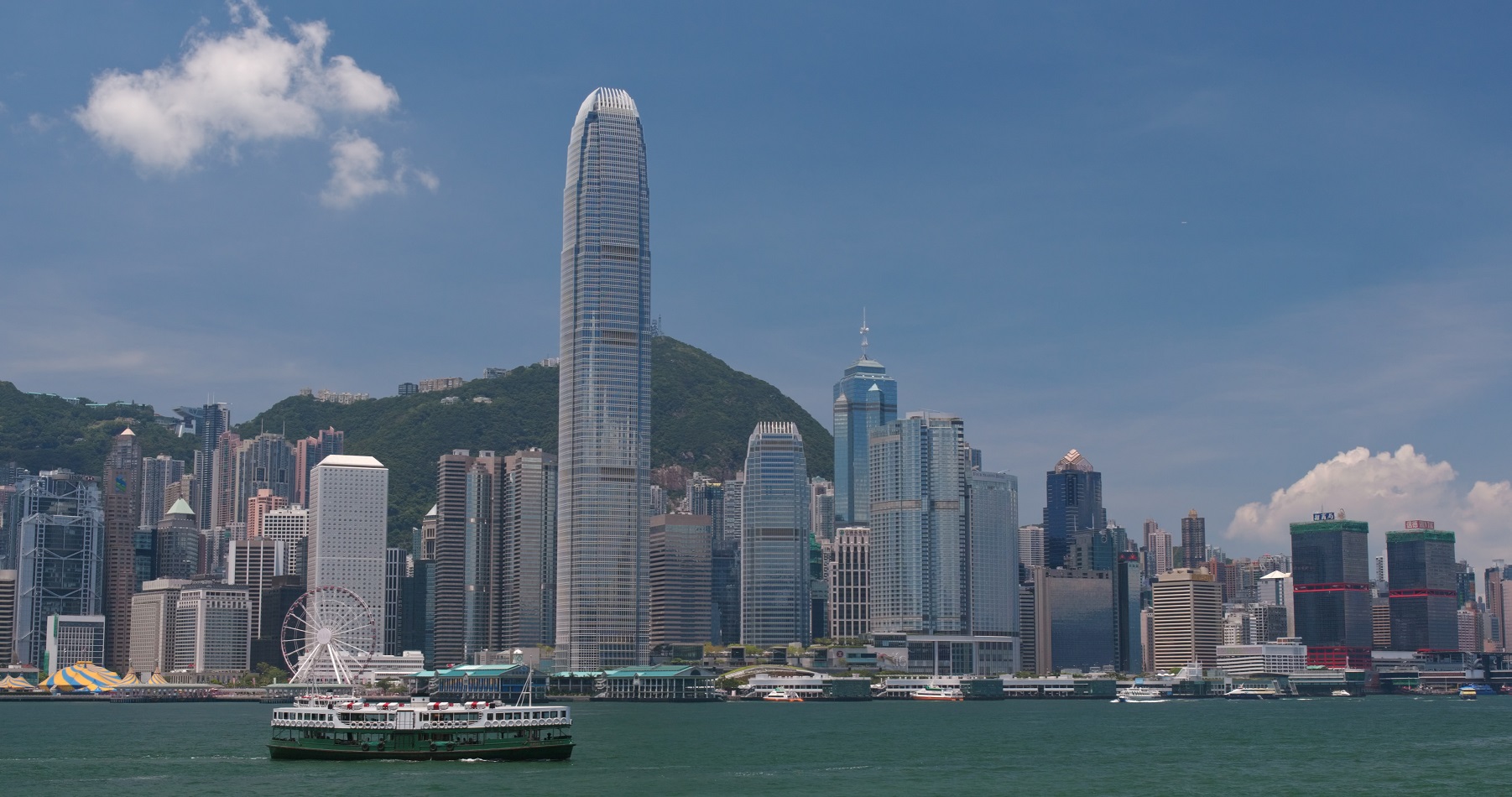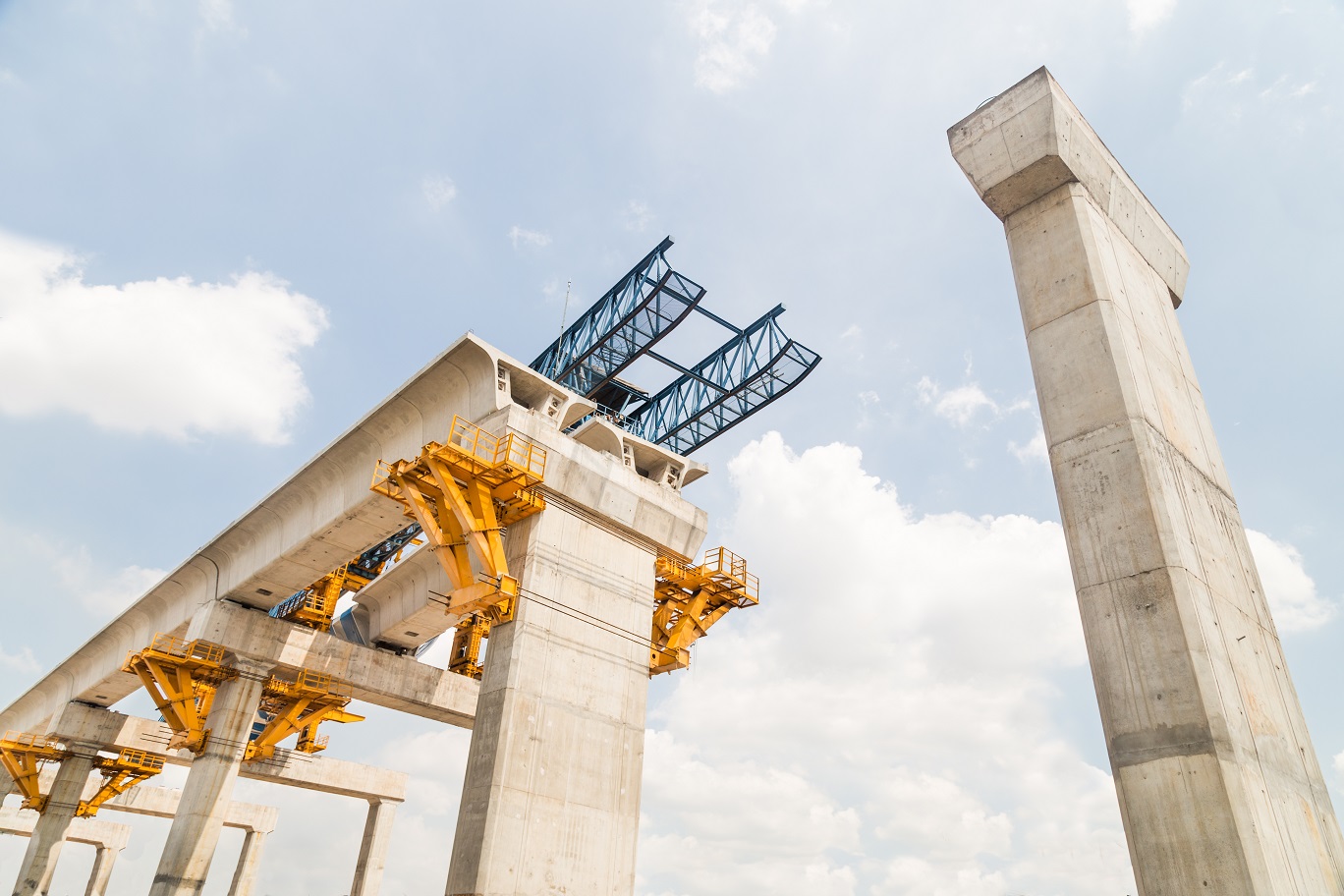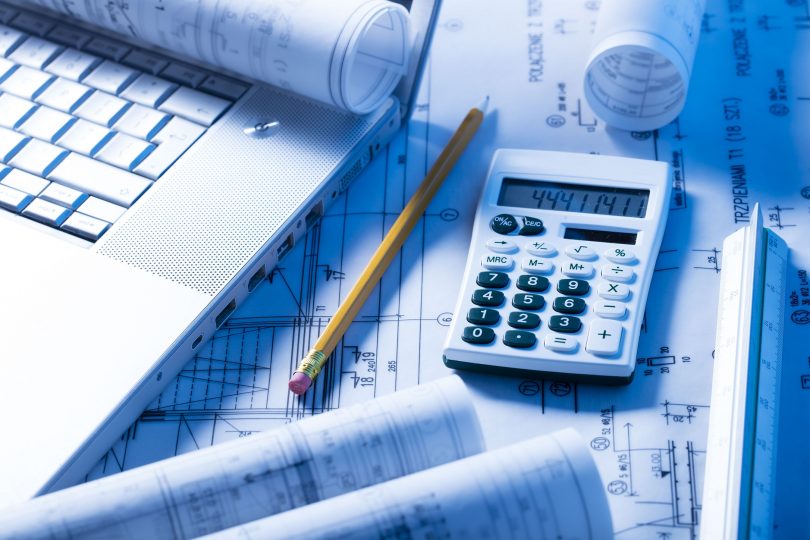Based on a survey by Arcadis, a global design and consulting firm for natural and built assets, Hong Kong is Asia’s most expensive city in terms of construction costs. The city is also ranked third in the world, after San Francisco and New York City. The strength of the US dollar has increased the construction cost indices in North American cities, compared to other markets in the world, including Asia.
The report was released against the backdrop of global economic growth in 2018. After a stronger-than-expected 2017, countries around the world are progressing, and this strong economic performance will accelerate demand for construction around the world. In Southeast Asia, Singapore is the most expensive city to build in. This is followed by Brunei, Manila, Jakarta, Bangkok, Ho Chi Minh and Kuala Lumpur.
The Asian cities ranking in Arcadis’ International Construction Costs Index are:
| Asia Ranking | World Ranking | City |
| 1 | 3 | Hong Kong |
| 2 | 9 | Macau |
| 3 | 12 | Tokyo |
| 4 | 27 | Singapore |
| 5 | 33 | Seoul |
| 6 | 37 | Brunei |
| 7 | 39 | Manila |
| 8 | 40 | Shanghai |
| 9 | 41 | Beijing |
| 10 | 43 | Jakarta |
| 11 | 44 | Wuhan |
| 12 | 45 | Bangkok |
| 13 | 46 | Ho Chi Minh |
| 14 | 47 | Kuala Lumpur |
| 15 | 48 | Mumbai |
| 16 | 49 | New Delhi |
| 17 | 50 | Bengaluru |
Source: Arcadis’ International Construction Costs Index
The comparative cost assessment of 50 cities is based on a survey of constructions costs undertaken by Arcadis covering 13 building types, as of Q4 2017. Costs are representative of the local specification used to meet market needs. As the building solutions adopted in each location are broadly similar, the cost differential reported represents differences in specification as well as the cost of labour and materials.
THE DEFINITION
According to Web Finance, construction costs can be defined as expenses incurred by a contractor for labour, materials, equipment, financing, services, utilities, etc,, plus overheads and the contractor’s profit. Costs related to cost of land, architectural design, and consultants and engineers’ fees are not included.
Construction costs can be evaluated to assess or estimate a project’s value through a calculation analysis based on previous construction experiences.

ESTIMATION OF CONSTRUCTION COSTS
The project cost estimation includes various intentions and interests for the different stakeholders involved. For the owners, it is used to determine the cost of capital investment. For consultants, it is an auxiliary tool to establish design feasibility; and for contractors, this is used to arrange the bid price in a project tender. As such, the construction costs factored into this appraisal are important for all parties involved to approximate the financing value in more detail—from a rough estimation for owners and consultants to a detailed one for contractors and the actual construction cost after the project is completed..
The main elements that count towards construction costs include both direct and indirect costs based on The Constructor.
Direct Costs
- Material costs: Calculation of the entire volume requirement for each component of the building, both main and supporting materials.
- Labour costs: The most difficult aspect of construction cost analysis, because it is influenced by many factors, such as workplace conditions, skills, time frames, productivity, and local costs of living index associated with the project site.
- Equipment costs: These include purchasing or leasing, mobilisation, installation, unloading and any operation during construction.
Indirect Costs
- Overhead costs: Overheads in the project site and at the office.
- Unexpected costs: These may make up 0.5 to 5 per cent of the total project cost.
IMPACT ON REGIONAL ECONOMIC GROWTH
Still, according to Arcadis, construction demand in China is expected to be at 6 per cent in 2018 and 5 per cent in 2019. This is a slowdown in growth compared to previous years, which is largely driven by the gradual withdrawal of government financial support in several sectors to balance China’s economic growth from fixed investment to consumer demand.
China’s One Belt One Road project also contributes significantly to global construction demand with more than USD900 billion of planned projects, ranging from gas pipelines to massive transportation projects in Indonesia.
The construction market is also reflecting a slowdown in Hong Kong. However, increasing demand leads to a construction output growth forecast of 3 per cent per year until 2020. The residential and infrastructure sectors are anticipated to be the main sources of demand.
The construction industry in Singapore is expected to see relatively slow growth in the near future as a reflection of existing high-quality infrastructure and the small market size. This is in stark contrast to the great opportunities in long-distance transportation projects and electrical transmission that are gaining traction in neighbouring markets, such as Indonesia and Malaysia.
The construction sector in India will grow well at a predicted rate of more than 50 per cent over the next 10 years. This growth will be driven by rapid urbanisation and industrial development. There are significant and fundamental infrastructure needs, especially in the electricity, rail and road sectors to connect rural areas. The new policy of Prime Minister Narendra Modi in 2017 to reduce corruption is an important part of the initiative to increase overall transparency in the country. Other policy initiatives, such as increasing foreign investment, reducing red tape and cutting transaction costs will also support strong growth in future construction demand.

ANALYSIS OF CONSTRUCTION COSTS
According to Investopedia, an assessment analysis can be used to evaluate the potential and benefits of investments or to assess the business value or assets objectively. An assessment analysis of a construction project should answer the question of whether a project is profitable or valuable enough to be realised. This analysis is then based on current data or projections..
It is usual for a project to ultimately refer to the cost and how profitable it can be in the future. Financial writer Dan Moskowitz says that the solution to a construction project to not fail and continue to be profitable is to generate positive cash flow every month, which will allow employees to be paid and payments to be made on time. One obvious key to success is to prioritise revenue and expense.
INCREASING PROJECT CASH FLOW
According to Credit Today and Investopedia, there are several systematic and strategic steps to ensure that a construction project has a positive cash flow:
- Calculate future cash flow: In the construction industry, the calculation is more complicated because it depends on the scale and type of the project and fluctuating prices. Good planning is needed to anticipate future cash flow as it can help prevent payroll and other payment issues.
- Allocate correct costs: A detailed and precise flow of costs usage will help gauge what the entire construction cost will be. With more strategic spending of existing funds, a construction company will have more allowance in the business to operate a project.
- Set the payroll system correctly: Unlike other industries, employees involved in the construction industry are almost always paid every two weeks; in some cases even once a week. To increase cash flow, you can use the services of subcontractors that are mostly paid every four weeks.
- Speed up the ordering process: Price changes are common in the construction industry, and delays in ordering may result in the use of extra time, money and resources.
- Deliver invoices as soon as possible: All invoices should be sent preferably automatically upon completion of works to maximise the potential for positive cash flow.
- Ensure ease of payment: In this fast-paced era, electronic payments will help a lot. In addition to being more practical, money will be received faster so you can increase cash flow and allow more capital to be used for day-to-day operations.
- Improve cash flow management: In the construction industry, 85 per cent of cash comes from ongoing project work. As such, the cash flow performance depends a lot on the project manager. There are two ways to improve their knowledge: training and incentives based on cash flow performance.
- Avoid over-billings and under-billings: It is true that a larger invoice than the work completed to-date will increase cash flow. However, it would reduce the cash flow when the project is completed. The best approach is to send an invoice immediately based on how many projects have been completed.
- Determine the right target: Having the right goal increases your chances of success. Setting realistic goals for each task can help you plan to deliver invoices directly, offer payment incentives, and check credit reports before making any deals, among other steps to keep cash flow positive. — Construction+ Online

 Malaysia
Malaysia Hong Kong
Hong Kong Singapore
Singapore Tiếng Việt
Tiếng Việt ประเทศไทย
ประเทศไทย









